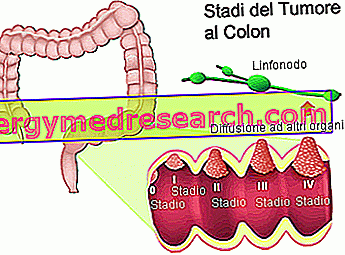Scroll down the page to read the summary table on dyskinesia
| Disorder | Dyskinesia: is part of the kinetic disorders. It consists of involuntary-hyperkinetic or hypokinetic- movements of the musculature. Dyskinesia represents an appreciable difficulty in controlling muscle movements. |
| Etiopathological framework of dyskinesia | Traumatic events, autoimmune diseases, ischemic pathologies of cerebral circulation, CNS infections, disorders of peripheral nerves and degenerative genetic diseases or caused by improper use of drugs |
| Dyskinesias and DIMD | DIMD: heterogeneous group of movement disorders induced by pharmacological specialties
|
| Mechanism of action of antipsychotics | The antipsychotic substances exert an antidopaminergic action: the antipsychotics block the D2 receptor for dopamine (a neurotransmitter also implicated in the brain mechanisms of movement control) causing alteration of muscular movements |
| General classification of dyskinesia |
|
| Dyskinesias and internal anatomical movements |
|
| Dyskinesia: terminology | Dyskinesia properly speaking refers only to dysfunctions of the extrapyramidal system |
| Dyskinesia: clinical picture | Type of movements:
Psychological consequences: possible psycho-social disorders, mentally invalidating General clinical picture:
|
| Dyskinesia: risk factors |
|
| Dyskinesia: diagnosis | Particularly complex diagnosis due to the variety of dyskinetic forms:
|
| Dyskinesia: therapies |
|
| Dyskinesia: possible side effects of therapy | Abstinence dyskinesia : the interruption of drug therapy generates an initial and paradoxical strengthening of dyskinesias (reversible condition) |
| Dyskinesia: prevention | Administration of new-generation atypical neuroleptics Replacement of the neuroleptic drug with another, with less side effects on muscle movement |



